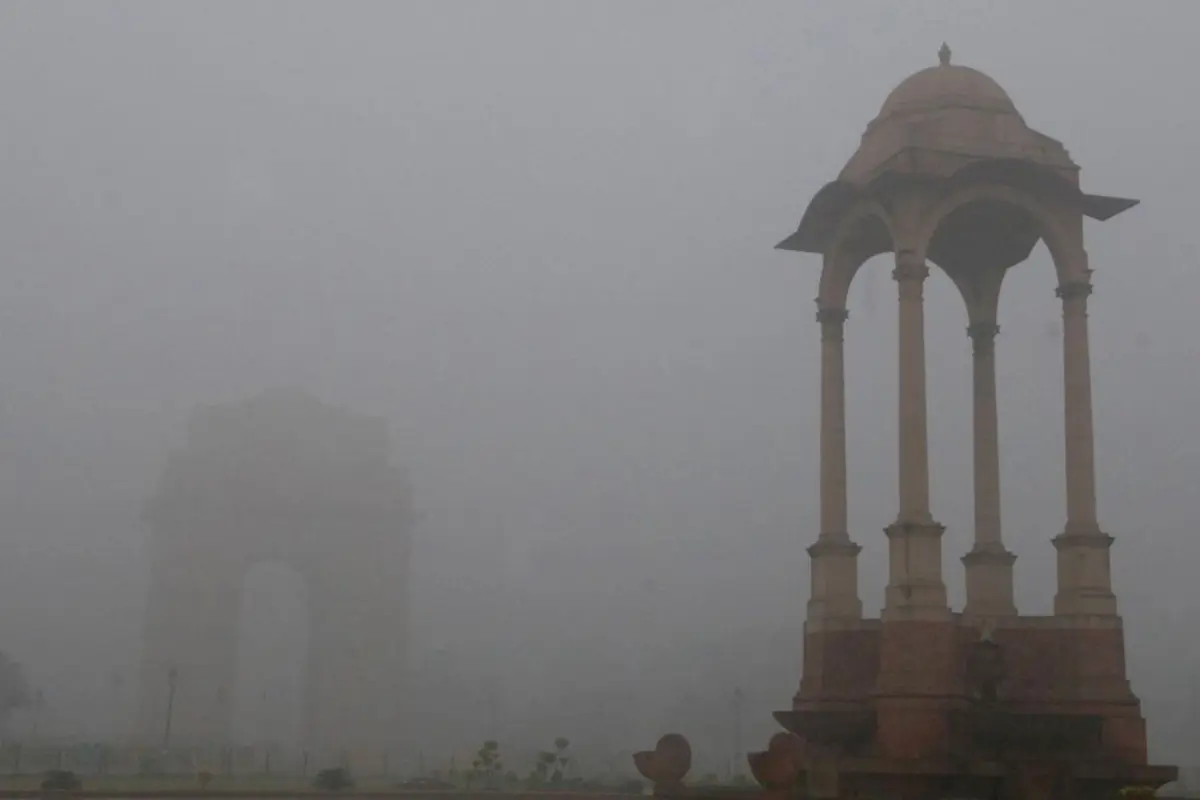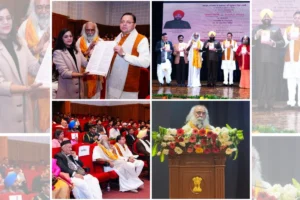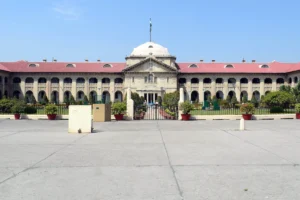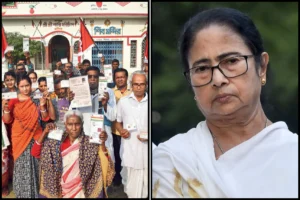
The annual political slugfest in Delhi has begun, with the Air Quality Index (AQI) in the capital and nearby towns crossing 300, placing it in the “very poor” category. The Delhi government and the central government are accusing each other of inaction in combating air pollution. The Supreme Court of India has also joined the fray, making harsh statements like “we will take you to task.” Everyone seems eager to appear serious about solving the pollution problem.
All the concerned parties have conveniently chosen the safest target: stubble burning in nearby states like Haryana, Punjab, and Uttar Pradesh. This focus ignores the consistent poor air quality in Delhi throughout the year. Aside from a few days of monsoon, Delhi’s AQI remains above 100 in the moderate category. The calm wind conditions in October and November make it difficult for pollutants to disperse.
With the BJP ruling in Uttar Pradesh and Haryana, these states automatically become the target of the AAP government in Delhi for their inaction on stubble burning and its contribution to pollution. Conversely, the AAP government in Delhi, which also governs Punjab, is criticized by the BJP for the pollution problem.
Meanwhile, the Supreme Court seems frustrated with everyone, including the central government, the Delhi government, and neighboring states. But the pertinent question remains: why does Delhi becomes a gas chamber every year, and will prohibiting stubble burning solve the pollution problem?
How Bad Is Delhi’s Air Pollution?
The AQI scale categorizes air quality into six levels: 0-50 is ‘good,’ 51-100 is ‘satisfactory,’ 101-200 is ‘moderate,’ 201-300 is ‘poor,’ 301-400 is ‘very poor,’ and 401-500 is ‘severe.’ According to the Central Pollution Control Board (CPCB), a ‘poor’ AQI can cause breathing discomfort, while ‘very poor’ levels increase the risk of respiratory illnesses.
Earlier this year, a report by the Energy Policy Institute at the University of Chicago indicated that nearly 2 crore people living in the National Capital Territory (NCT) of Delhi are on track to lose an average of 11.9 years of life expectancy compared to the World Health Organization’s guidelines. Even by India’s own national standards, residents could lose 8.5 years of life expectancy if current pollution levels persist. Delhi, one of the most populous cities in India, holds the dubious distinction of being the most polluted city globally.
What Are the Contributing Factors to Delhi’s Pollution?
The study by the Indian Institute of Tropical Meteorology (IITM) in Pune showed that vehicular pollution in Delhi is the most significant contributor, accounting for 14.2%. Projections indicate it could decrease slightly to 10.5% in the coming days.
Delhi’s construction activities and dust contribute less than 2% and about 1%, respectively. The study highlighted that a significant portion of pollution, between 32% and 44%, comes from sources that remain unknown.
Meanwhile, neighboring Noida consistently contributes between 10% and 11% to Delhi’s pollution, while Ghaziabad’s share ranges from 5% to 10%, according to IITM data. Bulandshahr, a district in Uttar Pradesh around 110 km from Delhi, contributes a noteworthy 6% to 9%. Additionally, Gurugram and Faridabad in Haryana contribute between 1.5% and 3% and 3% and 5%, respectively
How Much Does Stubble Burning Contribute to Air Pollution?
Data released by the Indian Institute of Tropical Meteorology (IITM) in Pune, mentioned in an India Today report, indicates that stubble burning accounts for just 1.3% of air pollution in the capital. The data suggests that the burning of crop residue is likely to contribute between 2.3% and 2.4% to Delhi’s deteriorating air quality.
The solution to the chronic issue of Delhi’s pollution can be achieved through coordinated actions and mechanisms among the concerned authorities across the board. Effective implementation and processing of the waste generated in the Delhi-NCR metropolitan area are essential.
Also Read: Explained: The Dual Degree Dilemma
To read more such news, download Bharat Express news apps





















